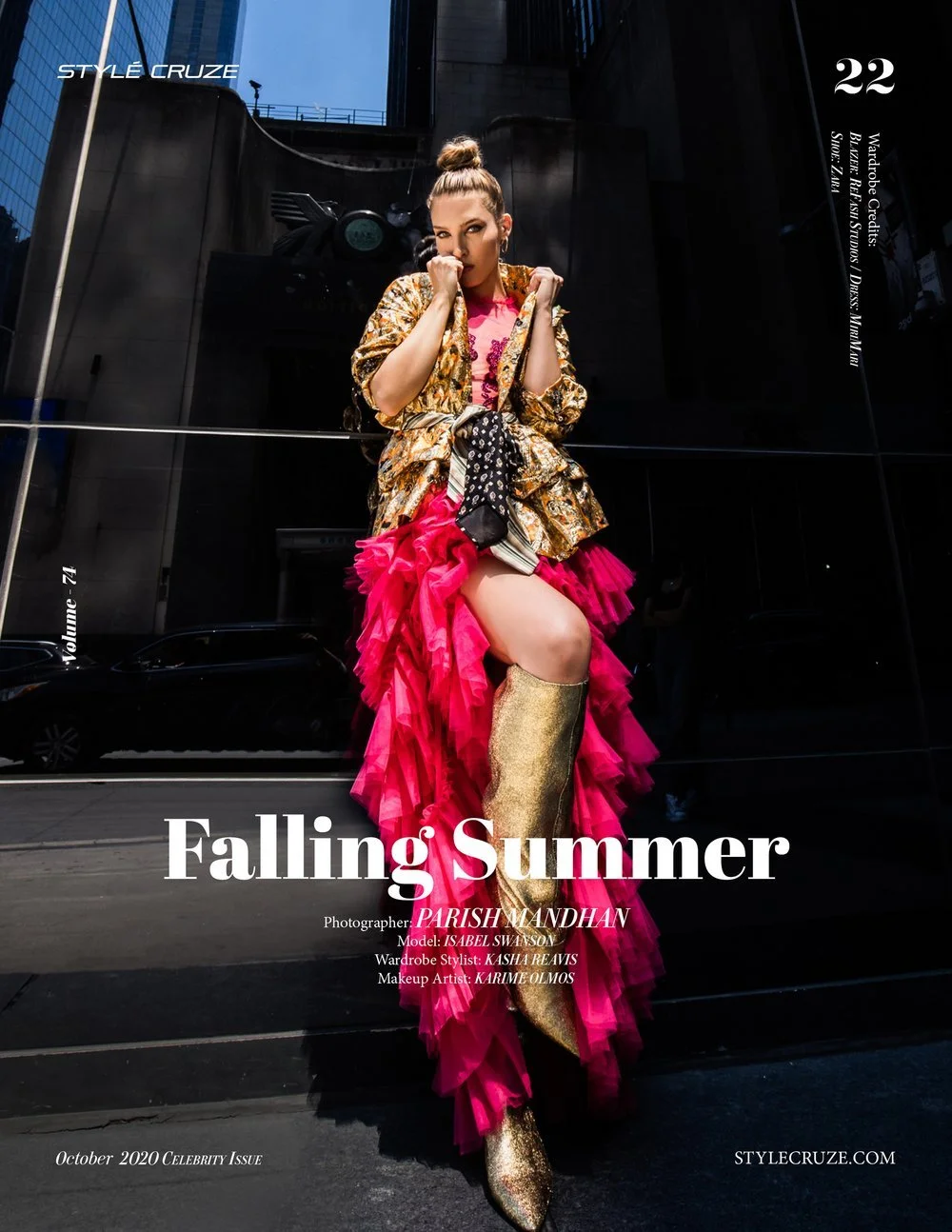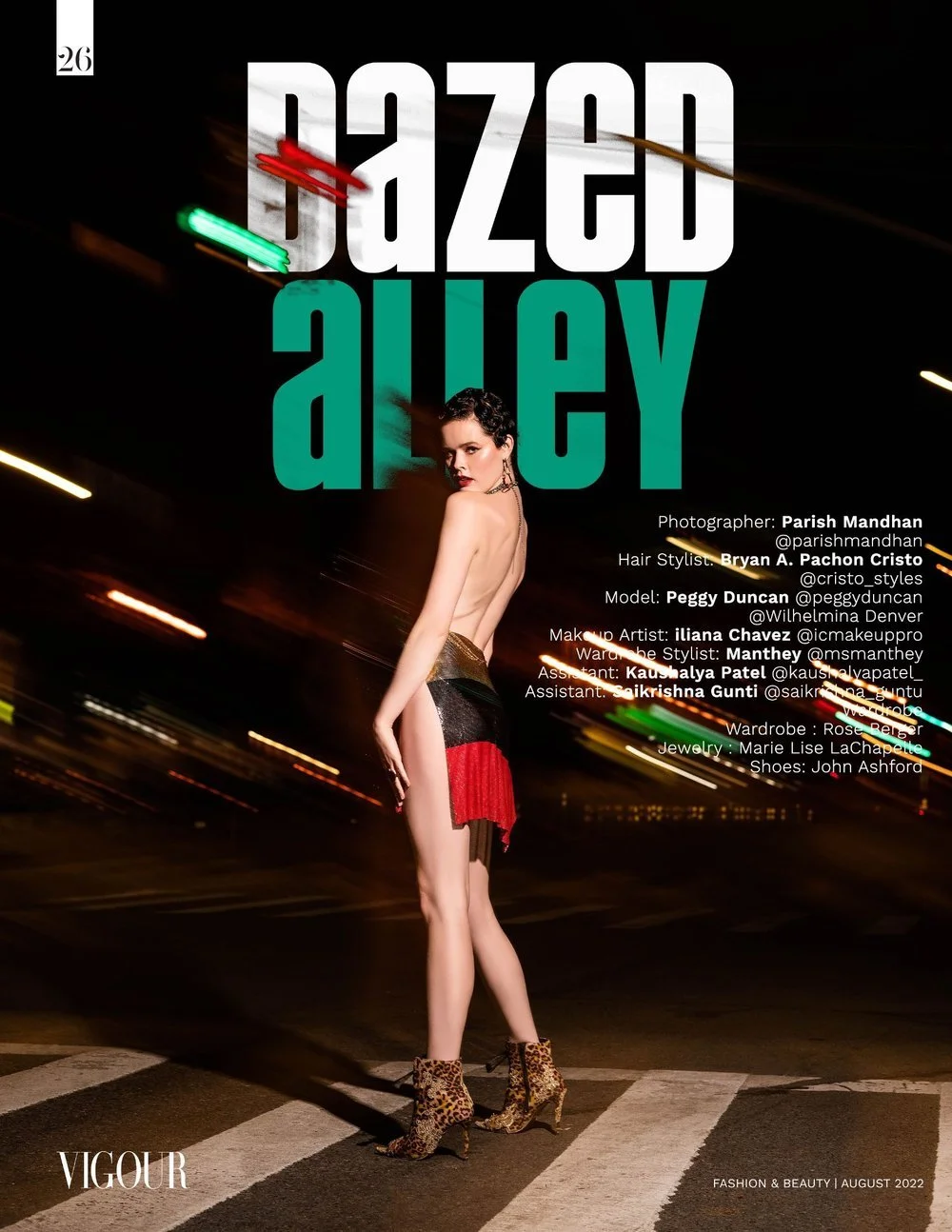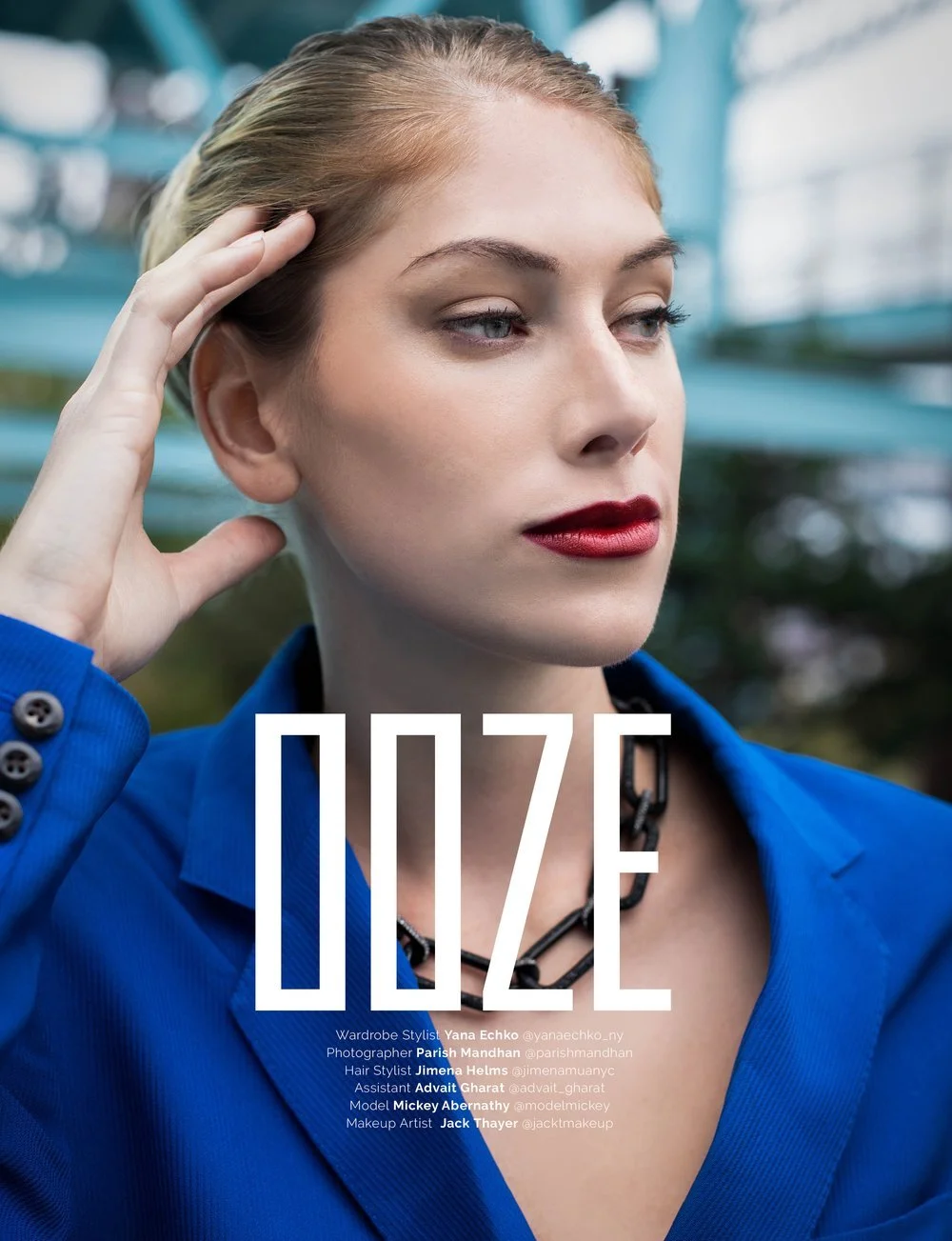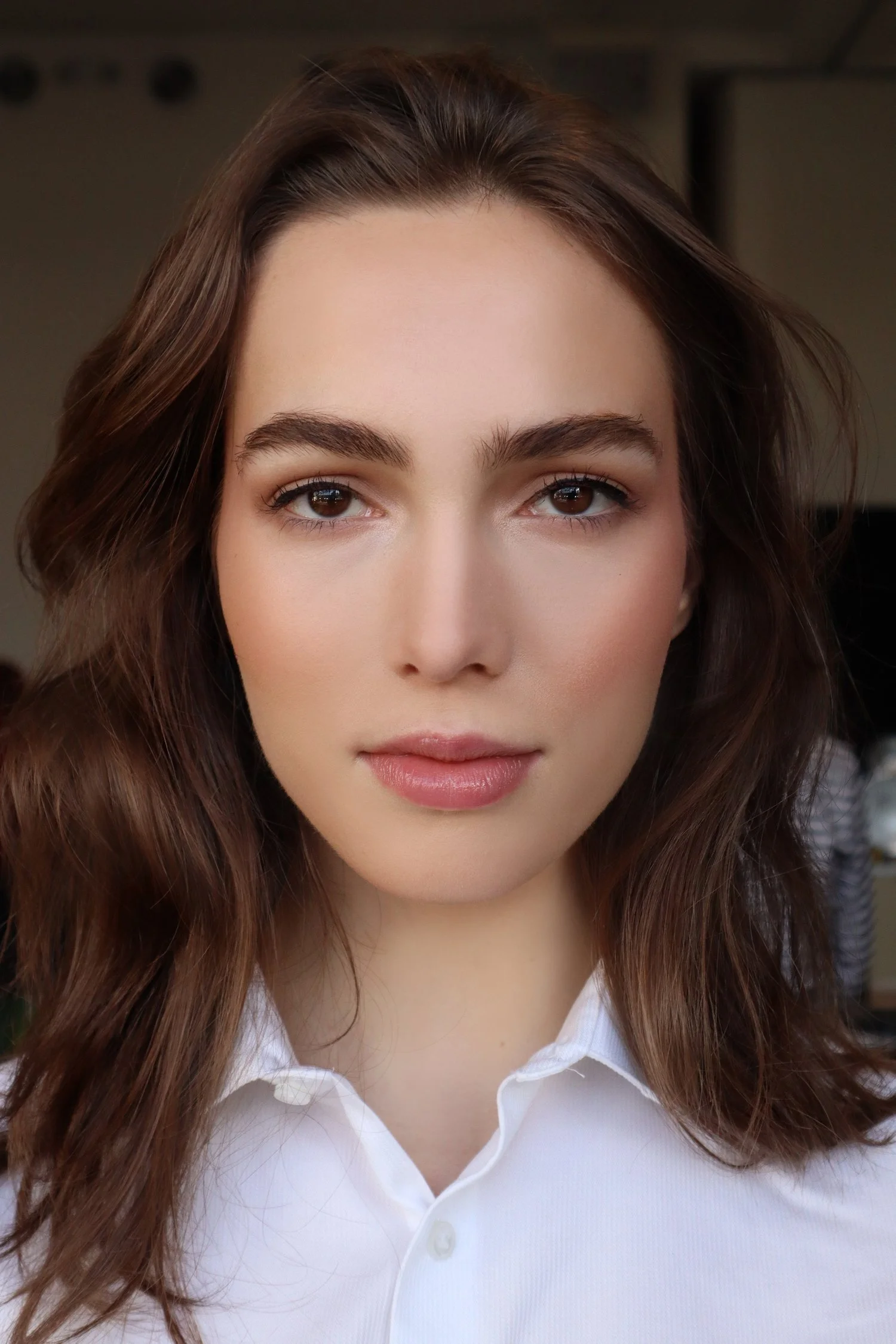Editorial vs. Commercial Photography: What’s the Difference?
Photography plays a crucial role in storytelling and branding. Whether you’re a business looking to market a product or a publication crafting a compelling narrative, understanding the difference between editorial photography and commercial photography is essential. Both styles serve distinct purposes, but knowing which one aligns with your goals can make all the difference in achieving the perfect visual impact.
In this guide, we’ll break down the key differences between editorial and commercial photography, helping you decide which approach suits your project best.
1. What is Editorial Photography?
Editorial photography is all about visual storytelling. It is commonly found in magazines, newspapers, and digital publications. Unlike commercial photography, which focuses on selling a product or service, editorial images are meant to evoke emotions and complement written content.
Characteristics of Editorial Photography:
Narrative-Driven: Editorial photography tells a story rather than directly promoting a brand.
Creative Freedom: Photographers have more flexibility with lighting, styling, and composition.
Published in Media: Often used in fashion editorials, lifestyle features, or journalistic pieces.
Subtle Branding: Brands may be featured, but the focus is on the concept rather than direct promotion.
Example: A fashion editorial spread in Vogue might showcase designer clothing in a dramatic setting, but the emphasis is on artistry rather than selling a specific outfit.
2. What is Commercial Photography?
Commercial photography, on the other hand, is designed with one clear purpose: to sell a product or service. Whether it’s an ad campaign, an e-commerce store, or social media marketing, commercial photography is all about persuading potential customers.
Characteristics of Commercial Photography:
Brand-Centric: The main goal is to highlight a product, service, or company.
Highly Polished: Commercial images are carefully edited to maintain brand consistency.
Used for Marketing: Found in advertisements, brochures, social media ads, and websites.
Strategic Composition: Every element—lighting, angles, and background—is designed to maximize appeal.
Example: A beauty brand launching a new skincare line will use product photography and lifestyle images that clearly showcase the benefits and features of the product.
3. Key Differences Between Editorial and Commercial Photography
While both styles are essential in the world of photography, they serve very different purposes. Editorial photography focuses on storytelling, artistic vision, and evoking emotions, while commercial photography is strategically designed to promote a product or service and drive sales. Editorial images may appear in high-fashion magazines or news articles, subtly featuring brands in a way that enhances the narrative. Commercial images, on the other hand, are tailored for advertisements, e-commerce, and marketing campaigns where the primary focus is on consumer engagement and brand awareness.
4. Which One Do You Need for Your Business?
Choosing between editorial and commercial photography depends on your marketing goals:
If you want to enhance your brand’s storytelling, opt for editorial photography.
If you need high-quality visuals to drive sales and conversions, commercial photography is your best bet.
For luxury brands, a blend of both styles can create an aspirational yet sales-driven visual identity.
Not sure which approach suits your project? Consult with a professional photographer in NYC to find the right fit!
5. How to Choose the Right Photographer for Your Project
Finding the right photographer is crucial to ensuring your vision comes to life. Here are a few key factors to consider:
Experience & Specialization: Look for a photographer who specializes in the type of photography you need (editorial, commercial, or both).
Portfolio Review: Check their past work to ensure their style aligns with your brand’s aesthetics.
Client Testimonials: Read reviews and feedback from previous clients to gauge their professionalism and quality.
Budget & Packages: Ensure their pricing aligns with your budget while maintaining high quality.
Communication & Collaboration: A good photographer should be able to understand your vision and provide creative input to enhance the final product.
Book Your NYC Photoshoot Today!
Looking for stunning photography that aligns with your brand’s vision? Whether you need editorial storytelling or commercial product photography, we’ve got you covered.
Ready to capture stunning images in the heart of NYC? Contact me today to book a session and let’s create magic together! Check out my portfolio for inspiration, or visit my about page to learn more about my photography journey.
Let’s bring your vision to life!




